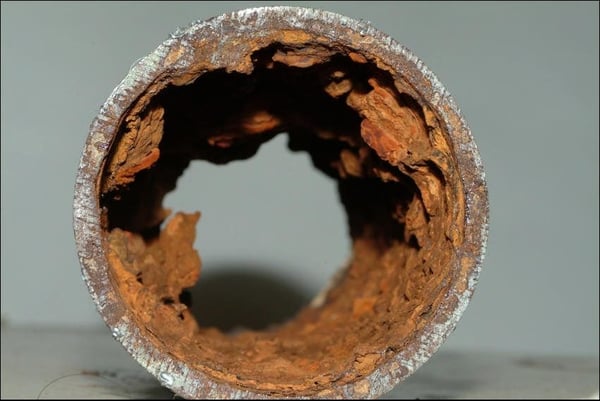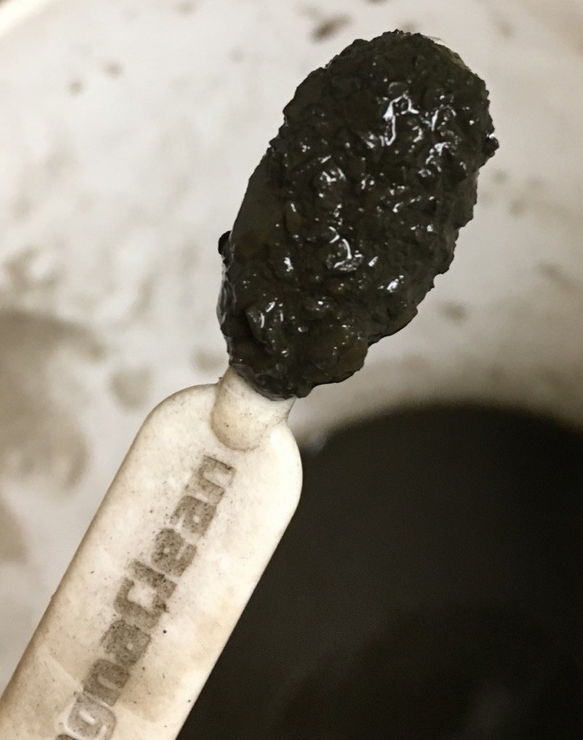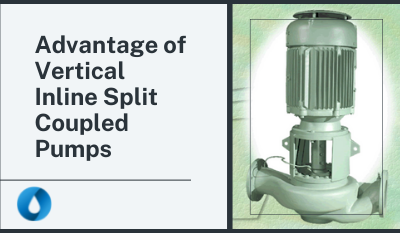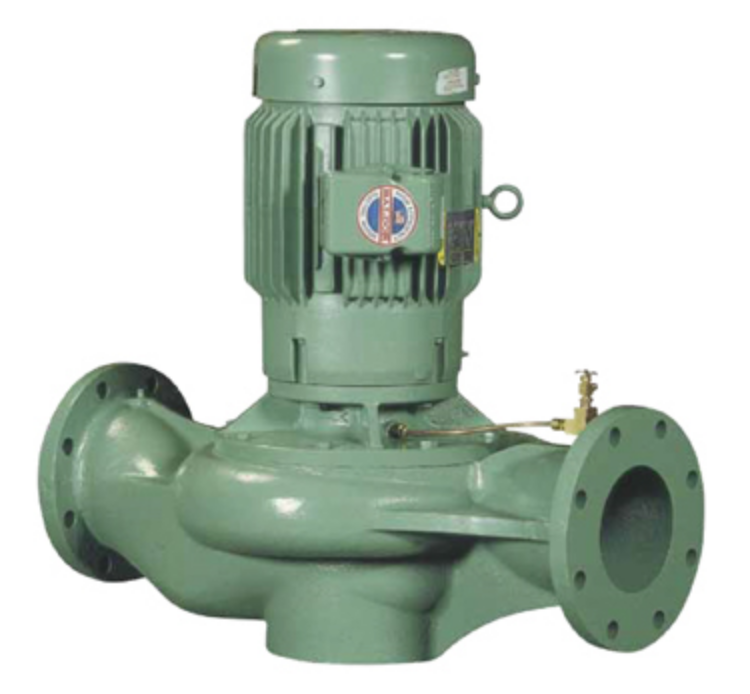
Air and dirt are big-time attackers of closed-loop HVAC systems. Heating and cooling your system water can be more difficult with air and dirt causing problems and impeding the flow. Figuring out that your system is contaminated isn't too difficult, especially considering that few (if any) are 100% closed. One indication of a problem is noise in your pipes, terminal units and other equipment. Inadequate flow can cause problems like cavitation. You may hear moans, hammering sounds or even a high-pitch resonance. Increased operating costs could become problematic with a reduced ability to transfer energy. Systems with air and dirt contamination face corrosion and flow restriction and blockage. That's a problem.
But what are the solutions to this contamination? What tools are available to combat the issues that wreak havoc, causing damage and, ultimately (inevitably), lead to expensive repairs and equipment replacement?
- Air vents: One way to get rid of system air is through either manual or automatic vents. In a closed hydronic system loop, where you place the air vents can vary depending on the equipment used and on the type of vent chosen.
- Air separators: There are three types of air separators, including inline, tangential and air/dirt separators. The inline style has good air removal efficiency with low pressure drop. The tangential has a slightly higher efficiency at full system flow but it does need higher velocity to be fully effective. Air/dirt separators have ultra high efficiency at removal and are good for replacing strainers at terminal units. Check out the Taco Comfort Solutions 4900 Series air separators.
- Strainers: Y and basket strainers are a mechanical method for removing solids using a perforated or wire mesh element. It's a simple, but effective, way to rid the system of sediment, rust, pipe scale and other debris. We've been impressed with the redesigned Metraflex low pressure drop Y-Strainer.
- Centrifugal separators: Effective for particles that are 50-microns and larger, centrifugal separators can reduce solids, improve performance of heat transfer equipment and reduce energy costs. According to Griswold Water Systems, they can even help control bacteria growth and reduce labor costs.
- Magnetic filtration: Effective for 0.0003-microns and larger, magnetic filtration removes magnetite, hematite and scale. Because some of these particles are so small, they can't be caught by mechanical strainers. These magnetic filters collect both magnetic and non-magnetic particles. MagnaClean filters, by Adey, capture iron oxide particles without regard to particle size.
- Electroadsorptive filtration: This method removes submicron particulates, pathogens, trace pharmaceuticals and cellular debris using electropositive charge. Since these filters use a charge field rather than mechanical pores, they have a small fraction of the pressure drop and many times the flow rate when compared to methods having similar efficiency. Check out Triple Clear Water Solutions for more information on this technology.
Design engineers must account for a wide variety of application issues when deciding what type of filtration each system needs. Consult with your local manufacturer's rep who can serve as hydronic experts for your design projects. They can educate you on the latest technologies available to keep hydronic systems clean and efficient.
Blog image from AmericanWaterCollege.org











Submit a Comment